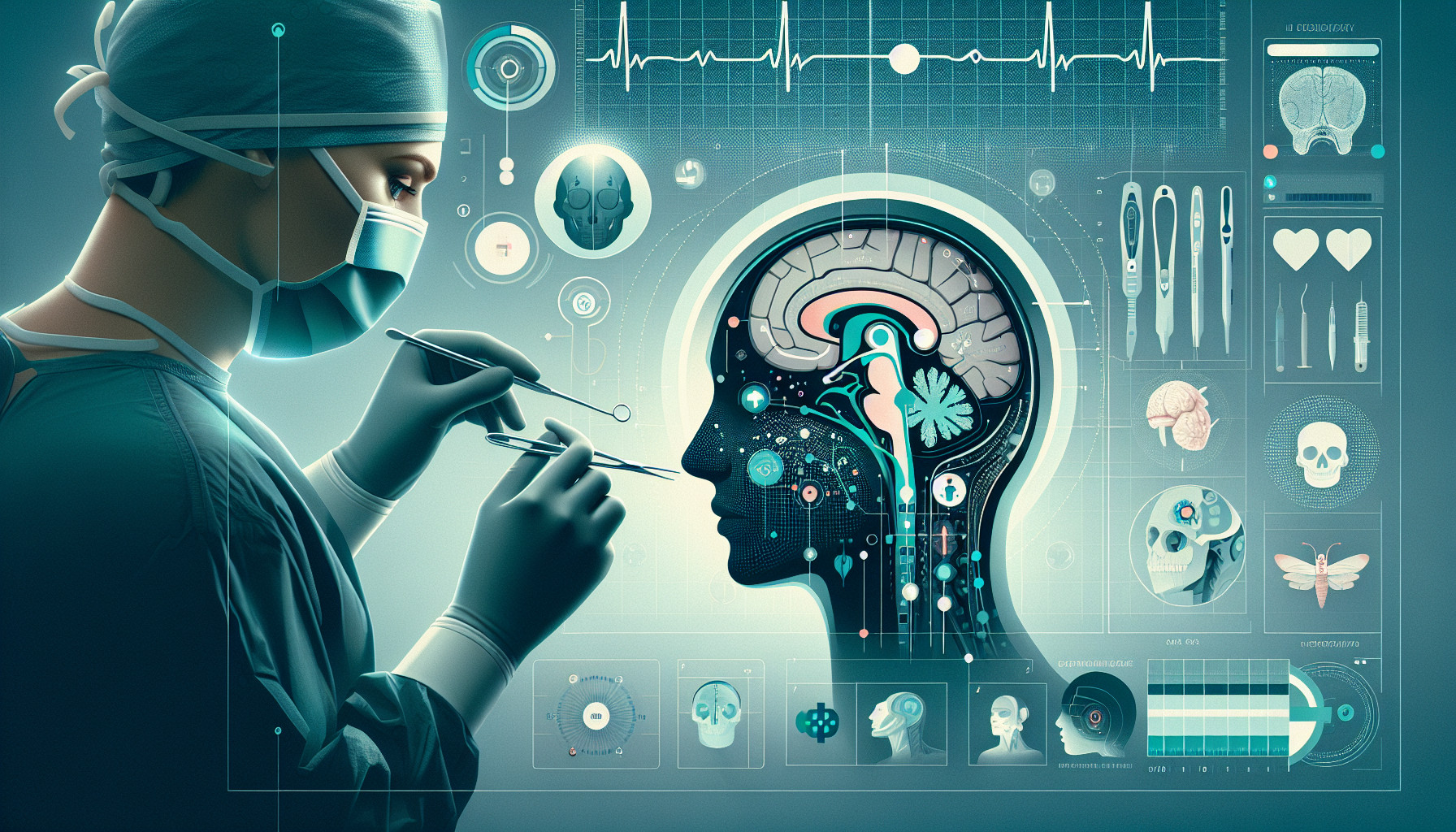Our Summary
This research paper is about the use of 3D printing technology in oral and facial surgery. It explains how replacing lost bone in the face and mouth due to birth defects, injuries, or cancer treatment is a challenge for surgeons. They usually use bone grafts, but now are starting to use stem cells from fat combined with special materials that help bone growth, which need to be shaped into a 3D structure that fits the patient’s needs. These structures are made using 3D printing. The paper discusses two methods of using this technology to rebuild bone. One involves a one-step procedure where the engineered bone is put in place during surgery. The other involves a two-step process where cells are grown outside the body and then put onto the 3D printed structure before being implanted. The paper also discusses the use of imaging technology to help design and place these implants. The authors particularly emphasize the potential of these techniques to repair large bone defects in a single surgical step.
FAQs
- What is the role of 3D printing technology in oral and maxillofacial surgery as discussed in the research paper?
- What are the two methods mentioned in the paper for using 3D printing technology to rebuild bone in maxillofacial surgery?
- How does the paper describe the use of imaging technology in the process of designing and placing implants in oral and facial surgery?
Doctor’s Tip
A doctor might tell a patient undergoing maxillofacial surgery to follow post-operative instructions carefully, including taking prescribed medications, attending follow-up appointments, and avoiding certain foods or activities that could hinder healing. It is important for the patient to communicate any concerns or changes in symptoms to their healthcare provider for proper monitoring and management of their recovery.
Suitable For
Patients who may benefit from maxillofacial surgery include those with:
- Craniofacial abnormalities or deformities
- Facial trauma or injuries
- Maxillofacial tumors or cancer
- Temporomandibular joint disorders
- Cleft lip and palate
- Sleep apnea
- Dental and jaw alignment issues
- Facial pain disorders
- Reconstructive surgery after facial surgery or trauma
Overall, maxillofacial surgery is recommended for patients who require surgical intervention to correct or improve the function and appearance of their face, jaw, and oral structures.
Timeline
Initial consultation: The patient meets with a maxillofacial surgeon to discuss their specific condition and treatment options. The surgeon may order imaging tests such as CT scans or MRIs to assess the extent of the problem.
Treatment planning: Based on the imaging results, the surgeon creates a customized treatment plan for the patient. In cases where bone replacement is needed, the surgeon may recommend using 3D printing technology to create a personalized implant.
Pre-surgical preparation: The patient undergoes pre-surgical tests and evaluations to ensure they are healthy enough for the procedure. They may also meet with a dental specialist to address any dental concerns that need to be addressed before surgery.
Surgery: The 3D printed implant is created based on the patient’s specific needs and anatomy. During the surgery, the implant is placed in the affected area to replace lost bone or tissue. The surgeon ensures that the implant is properly positioned and secured in place.
Post-operative care: After the surgery, the patient is closely monitored for any complications or signs of infection. They may need to follow specific post-operative care instructions, such as maintaining a soft diet or avoiding certain activities that could disrupt the healing process.
Follow-up appointments: The patient will have regular follow-up appointments with the surgeon to monitor their progress and ensure that the implant is integrating properly with the surrounding tissues. Additional imaging tests may be done to confirm the success of the procedure.
Long-term outcomes: Over time, the patient’s body will continue to heal and adapt to the 3D printed implant. The surgeon will assess the long-term outcomes of the procedure and address any concerns or issues that may arise. With proper care and monitoring, the patient can expect improved function and aesthetics in the affected area.
What to Ask Your Doctor
What specific benefits does 3D printing technology offer in maxillofacial surgery compared to traditional methods of bone grafting?
How does the use of stem cells from fat combined with special materials improve bone growth and regeneration in maxillofacial surgery?
What are the potential risks or complications associated with using 3D printed structures in maxillofacial surgery?
How will imaging technology be used to design and place the 3D printed implants in my specific case?
What is the success rate of using 3D printing technology in maxillofacial surgery for patients with similar conditions to mine?
What is the recovery process like after undergoing maxillofacial surgery with 3D printed implants?
How long can I expect the 3D printed implants to last compared to traditional bone grafting methods?
Are there any alternative treatment options to consider besides 3D printing technology for my specific case of bone loss in the face or mouth?
Will I need to undergo any additional procedures or treatments in conjunction with the 3D printed implants to achieve the best possible outcome?
Can you provide any information or resources for me to learn more about the use of 3D printing technology in maxillofacial surgery before making a decision about my treatment plan?
Reference
Authors: Farré-Guasch E, Wolff J, Helder MN, Schulten EA, Forouzanfar T, Klein-Nulend J. Journal: J Oral Maxillofac Surg. 2015 Dec;73(12):2408-18. doi: 10.1016/j.joms.2015.04.019. Epub 2015 Apr 24. PMID: 25966454
